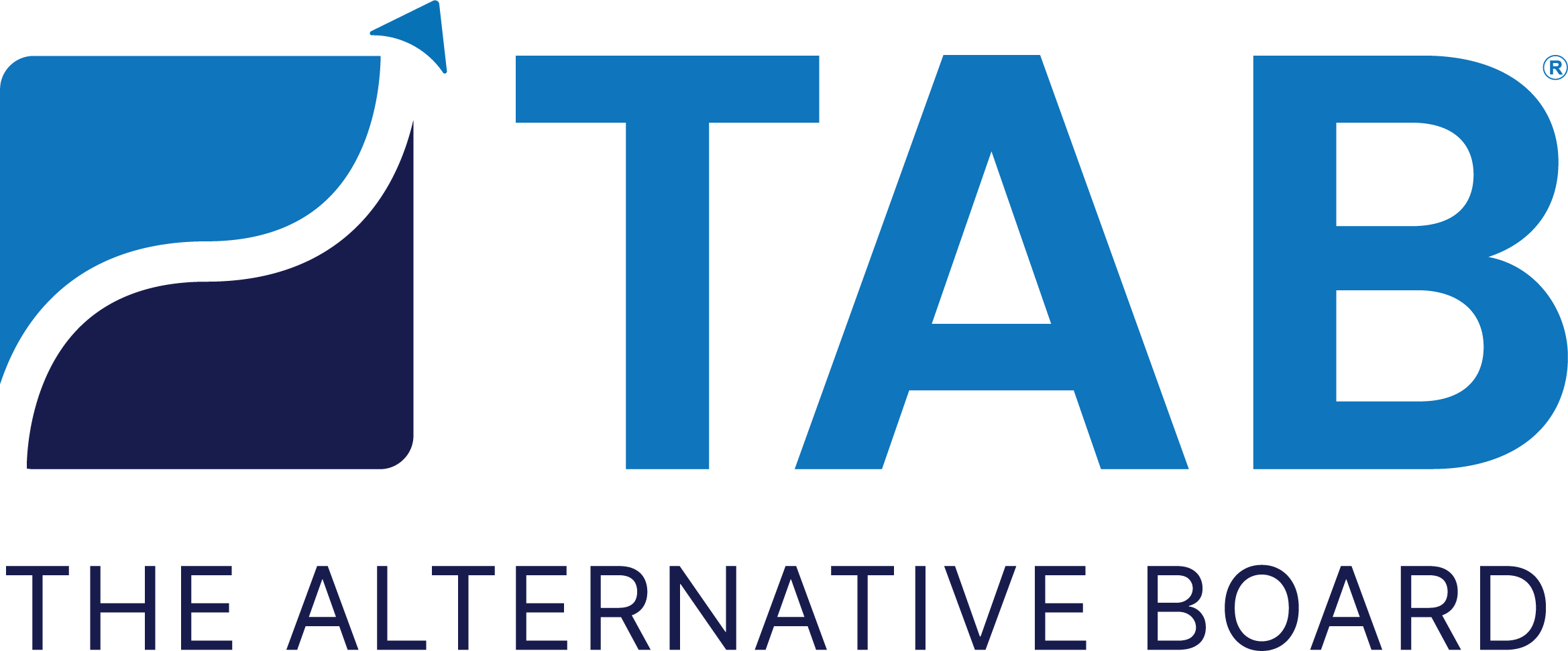How to Lead More Productive Sales Meetings
Sales meetings, like business meetings in general, come fraught with potential minefields. They’re often perceived by team members as a waste of time, too predictable and boring, not long enough or too long, and so on. This can be a significant problem for sales managers since the true purpose of these meetings is to inspire and motivate the team towards better outcomes in the future.
Ideally, a sales meeting aims to review the state of current sales, invite people to reflect on the competitive marketplace they’re grappling with, and promote an ever-changing set of sales priorities. When a sales meeting fails to meet these objectives, morale can often plunge.
To counter this negative trend, consider these steps leading to more productive sales meetings:
Be strict about starting and ending meetings on time.
Your team works hard to keep the sales funnel filled with qualified leads. The last thing they want is to attend a meeting that starts late and goes on far too long. Generally speaking, the best meetings last no more than 30-45 minutes. It’s up to managers to see that they start when they are supposed to and conclude at a predetermined time. This sends the message that your organization values their sales team’s time, above everything else.
Avoid technical glitches.
Nothing stops a meeting dead in its tracks more than malfunctioning computer-based presentations and slideshows. Before any sales meeting, double-check technical systems and make sure Excel and other software has been downloaded properly. As SalesForce notes, “You don’t want glitches eating into your time and derailing your meeting, so ask meeting presenters to meet a few minutes early to test the full set-up.” This may add a few minutes up-front, “but it pays off in dividends.”
Stick to a structure.
Productive sales meetings almost always result from a set structure. Of course, agenda items will likely be different from one meeting to the next, and on occasion, it may be time for a more extended brainstorming session, but in general, every meeting should cover:
• Updates on current sales efforts
• Suggestions on how to close upcoming sales
• Input from each participant, sharing experiences and offering insights
• A brief special presentation on some aspect of sales
Other agenda items are described below.
Invite team member input.
The sales manager or meeting leader should never dominate the proceedings. A sales meeting represents a great opportunity to hear from individual salespeople about which accounts are proving to be most challenging, what internal bureaucratic obstacles they might be encountering, and other issues. Invite sales team members to offer solutions or insights. Get a sense from everyone involved about how well the team’s sales efforts are progressing.
Be generous with feedback.
At the same time, feedback from the sales manager or a senior executive is always useful. As we have noted before, “Nothing is quite as motivating to salespeople as receiving praise—and constructive criticism—from their managers and others in the organization. You can wait to offer feedback until the salesperson’s annual performance review, or you can coach and guide them on a more frequent schedule [i.e., at a sales meeting or as part of a group discussion]. This sends the unspoken message that you value their work on behalf of the company.”
Celebrate sales victories.
Sharing sales victories is a morale-boosting way to conclude a sales meeting. According to Agile CRM, this doesn’t have to entail news about “winning a huge new client,” but “can be as simple as a compliment or positive feedback that a client provided.” This is less about having to “boost individual reps’ egos, but rather to encourage them to think positively about their week and find something to appreciate.”

